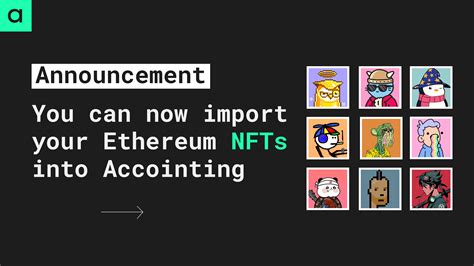“Crypto, Liquidity Pro, CryptoarT”
As the world of cryptocurrency continues to grow and evolve, many people are turning to this digital asset for investment opportunities and other purposes. In recent years, one particular aspect of the cryptocurrency market has attracted significant attention: liquidity providers.
Liquidity providers are individuals or organizations that allow other users to lend or borrow cryptocurrency in exchange for interest payments. This concept is based on the principle of providing a stable source of capital, allowing traders to quickly and easily access their funds when they need it.
In this article, we will dive into the world of cryptocurrency liquidity providers, exploring what it means to be an LP, how they work, and why they are crucial in today’s cryptocurrency market. We will also discuss the rise of Cryptoart and ERC-721, two emerging technologies that have significant implications for the future of cryptocurrencies.
What is a liquidity provider?
A liquidity provider is a person or organization that provides capital to other traders or investors who need to access their funds quickly. In exchange for this support, they earn interest from the LPs they work with.
In order to become a liquidity provider, someone must have a stable and secure source of capital. This can include traditional banks, investment firms, or even individuals who hold large amounts of cryptocurrency in their wallets. Liquidity providers typically use specialized software and algorithms to manage their funds, ensuring that they are liquid and readily available when needed.
How do liquidity providers work?

Liquidity providers operate through a network of intermediaries, including custodians, brokers, and payment processors. These intermediaries facilitate the flow of capital between LPs and other users, providing an efficient and secure way to transfer funds.
When a user needs liquidity, they typically contact their chosen provider, who offers several options for accessing their funds. Options may include:
- Liquidity Exchange: This involves exchanging one cryptocurrency for another, allowing users to quickly convert their holdings.
- Interest Rate Swap: LPs can earn interest payments on the value of their assets in exchange for providing liquidity.
- Order Book Arbitrage: LPs provide liquidity by buying and selling cryptocurrencies at current market prices.
Why are liquidity providers crucial?
Liquidity providers play a key role in the growth and development of the cryptocurrency market. Without them, traders would be forced to hold their funds indefinitely, limiting trading activity and innovation.
By providing access to their funds, LPs allow traders to participate in the market more freely, fostering greater liquidity and reducing transaction costs. This in turn allows a wider range of users to interact with cryptocurrencies, fueling growth and adoption.
The Rise of Crypto Art
Crypto art is a relatively new concept that has garnered significant attention in recent months. Developed by cryptocurrency exchanges, crypto art allows users to buy and sell digital art using a variety of cryptocurrencies, including the platforms’ native tokens.
By integrating crypto arts into their ecosystem, these exchanges are creating new revenue streams and giving users more innovative ways to interact with their favorite assets. As the market continues to evolve, we can expect more developments in this space.
Rise ERC-721
ERC-721 is a decentralized standard for tokenized data and assets that has gained significant popularity in recent years. Introduced by Ethereum, ERC-721 allows developers to create unique tokens that represent digital items, such as collectibles or virtual goods.